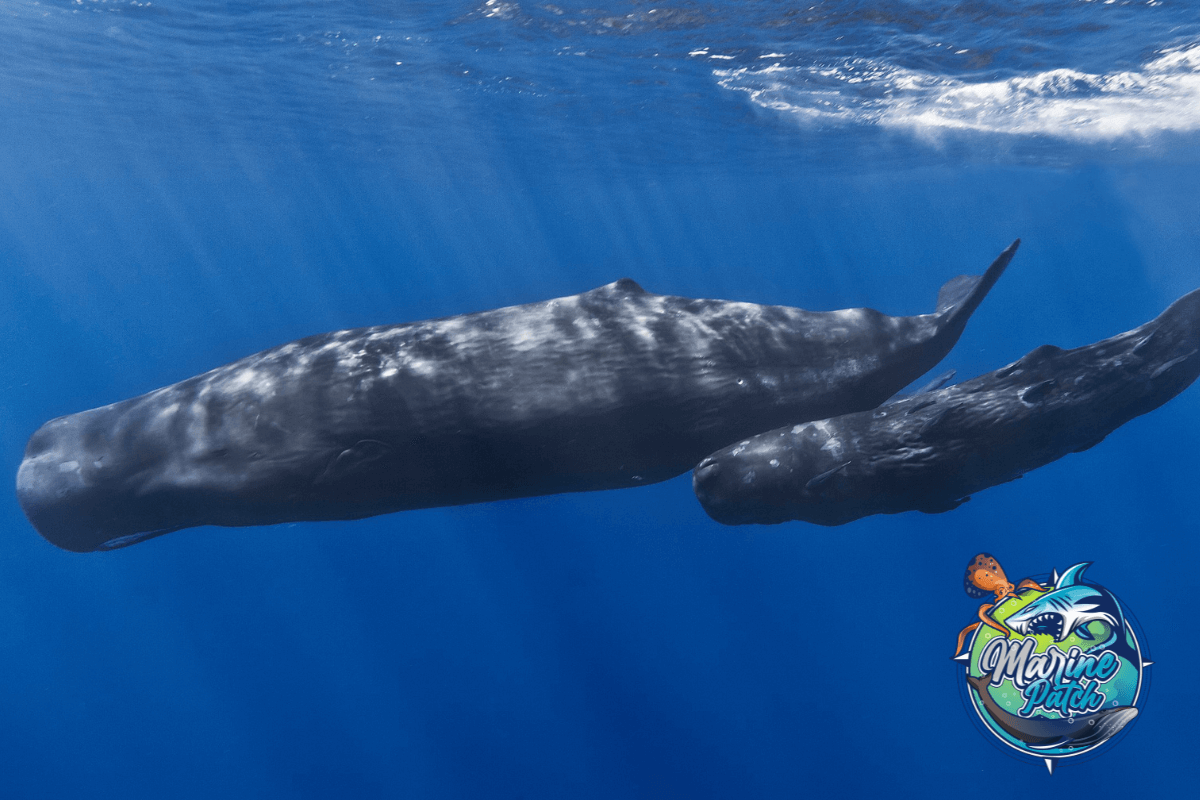Greece, a country renowned for its rich history, breathtaking landscapes, and crystalline waters, holds yet another enchanting secret beneath the blue waves; Whales!
While many might associate Greece with its stunning coastline, ancient ruins, and sun-drenched islands, it’s also a haven for these gentle giants.
They come in all shapes and sizes, each with their unique habits, sounds, and behaviors.
In this post, we’ll delve into the wonderful world of the six distinct types of whales that grace the Greek waters with their presence.
From the gigantic Fin whales to the elusive Sperm Whale, known for its spectacular dives, these magnificent creatures make Greece a thrilling destination for marine biology enthusiasts and wildlife lovers.
Let’s get into it…
1. Fin whales

Fin whales, also known as the “greyhounds of the sea,” are a truly magnificent sight to behold in the waters of Greece.
Known scientifically as Balaenoptera physalus, Fin whales are the second largest species of whale on our planet, following closely behind their gigantic cousin, the Blue Whale.
A fully grown adult can reach lengths of up to 20 meters and weigh around 70 tons. What truly sets them apart, apart from their grand size, is their impressive speed.
Known to swim at speeds of up to 37 km/h, their sleek, streamlined bodies, which are dark grey to brownish-black on the top and lighter underneath, perfectly facilitate this fast-paced lifestyle, earning them the nickname “greyhounds of the sea”.
Fin whales inhabit the Hellenic Trench, an area of deep water in the Ionian Sea off the western coast of Greece, among other regions.
This trench, stretching from the southern tip of the Peloponnese to the north of the island of Crete, provides a suitable habitat for the Fin whales and a host of other marine species.
2. Sperm whales
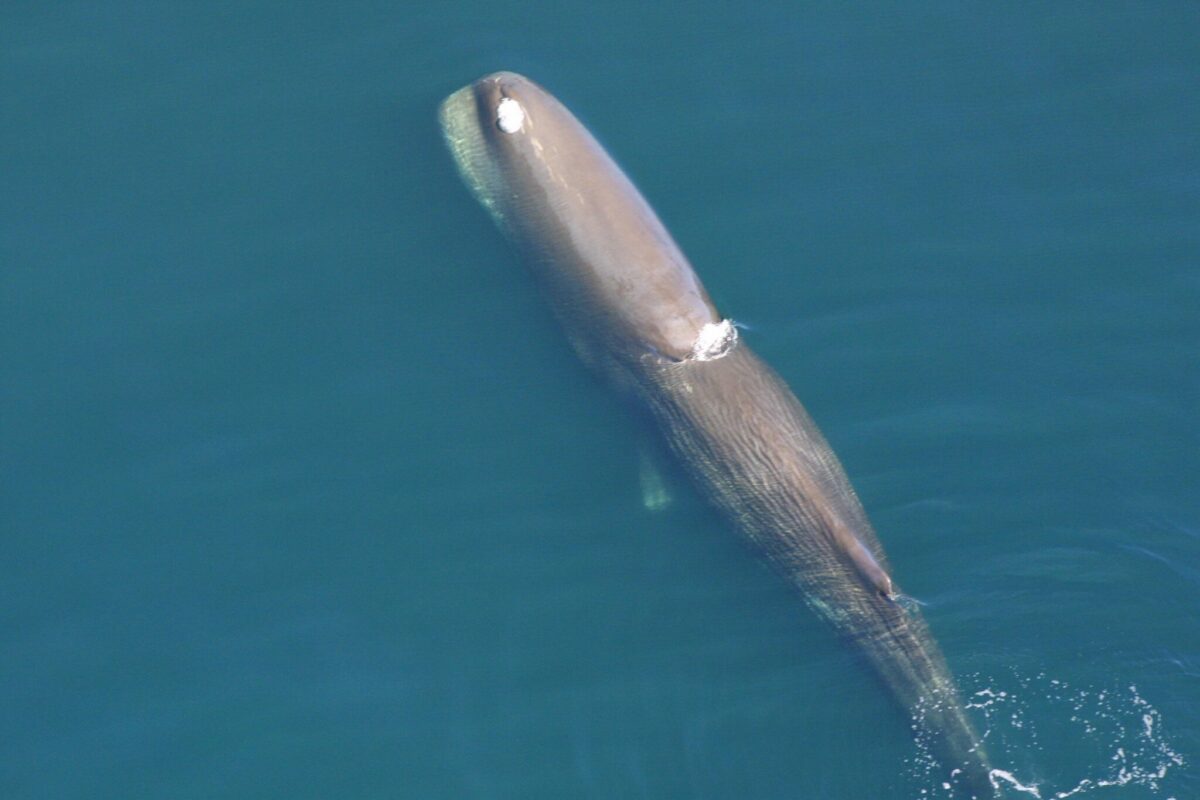
The Sperm Whale, or Physeter macrocephalus, is another majestic marine creature that makes the waters of Greece it’s home.
These whales are notably different from the sleek fin whales and hold the title of the largest toothed predator on Earth.
A mature male Sperm Whale can reach up to 20 meters in length, with the females slightly smaller, and they are easily recognizable by their block-shaped heads, which account for one-third of their total body length.
Greek waters, particularly the Hellenic Trench in the Ionian Sea, provide an ideal habitat for Sperm Whales.
The deep waters and availability of food make it a perfect place for these deep-diving creatures.
In fact, the Greek seas host a significant portion of the Mediterranean’s Sperm Whale population, making it a hotspot for researchers and whale watchers alike.
3. Minke whales
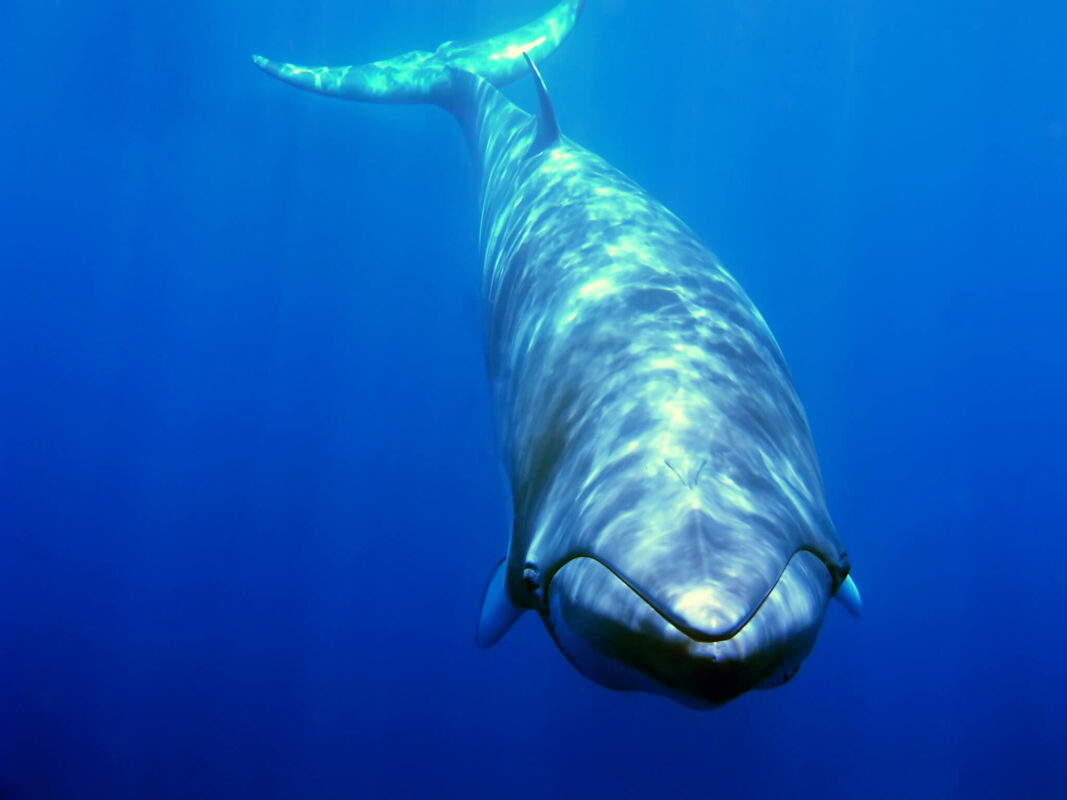
Minke whales, part of the baleen whale family, are one of the smaller species of whales, with adults usually reaching lengths of about 7-10 meters.
Despite their smaller size compared to their gigantic cousins, they remain a fascinating subject for whale enthusiasts due to their lively behavior and frequent surfacing, which often results in splendid sightings.
Two species of Minke whales exist the: Common Minke Whale and the Antarctic Minke Whale. In the Greek seas, it’s the Common Minke Whale (Balaenoptera acutorostrata) that can be found.
In Greece, Minke whales are less common than some other species like the Sperm Whale or the Fin Whale, but sightings have been recorded, particularly in the Aegean Sea and Ionian Sea.
They’re known to inhabit both coastal and offshore waters, making them accessible to keen whale watchers and researchers.
4. Beluga whales
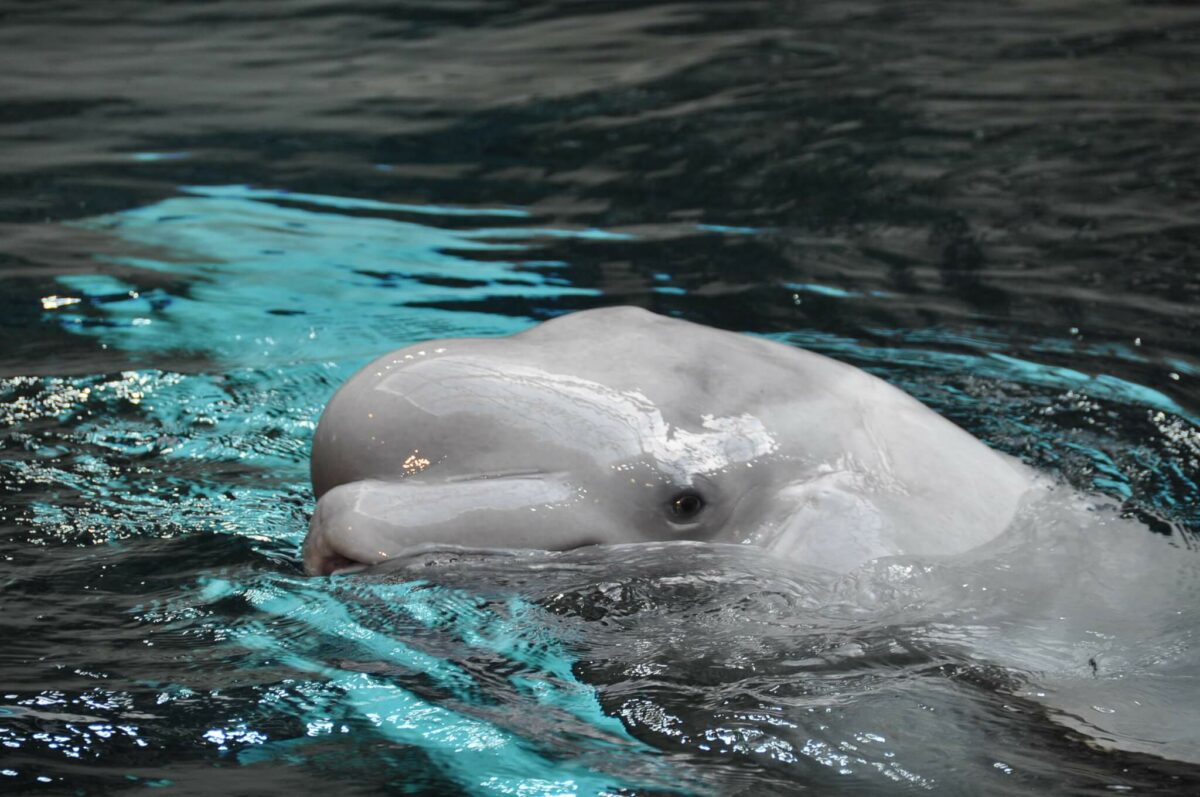
Beluga Whales, known scientifically as Delphinapterus leucas, are one of the most unique and easily recognizable marine species due to their stark white coloration, bulbous forehead (called a ‘melon’), and lack of dorsal fin.
Originally native to Arctic and Subarctic regions, these cetaceans are more commonly seen in the chilly waters off Russia, Greenland, and North America.
In a surprising twist of marine biology, Beluga Whales have been introduced into the waters off the coast of Greece.
This move is indeed unusual considering the typical habitat preferences of these creatures, favoring cold Arctic waters over the warm Mediterranean. They are, therefore, considered incredibly rare in these parts of the world.
The ‘melon’ on their heads, which can change shape as they change their facial expressions, plays a crucial role in echolocation, the primary method Belugas use for navigation and hunting.
These social animals are known for their diverse repertoire of clicks, whistles, and clangs, earning them the nickname “canaries of the sea”.
Sightings of these magnificent creatures in Greece are extremely rare due to their small population size.
Their presence offers an exciting opportunity for marine biologists and whale watchers alike, bringing a touch of the Arctic to the Mediterranean.
So count yourself lucky if you do happen to come across these Albino beauties.
5. Humpback whales
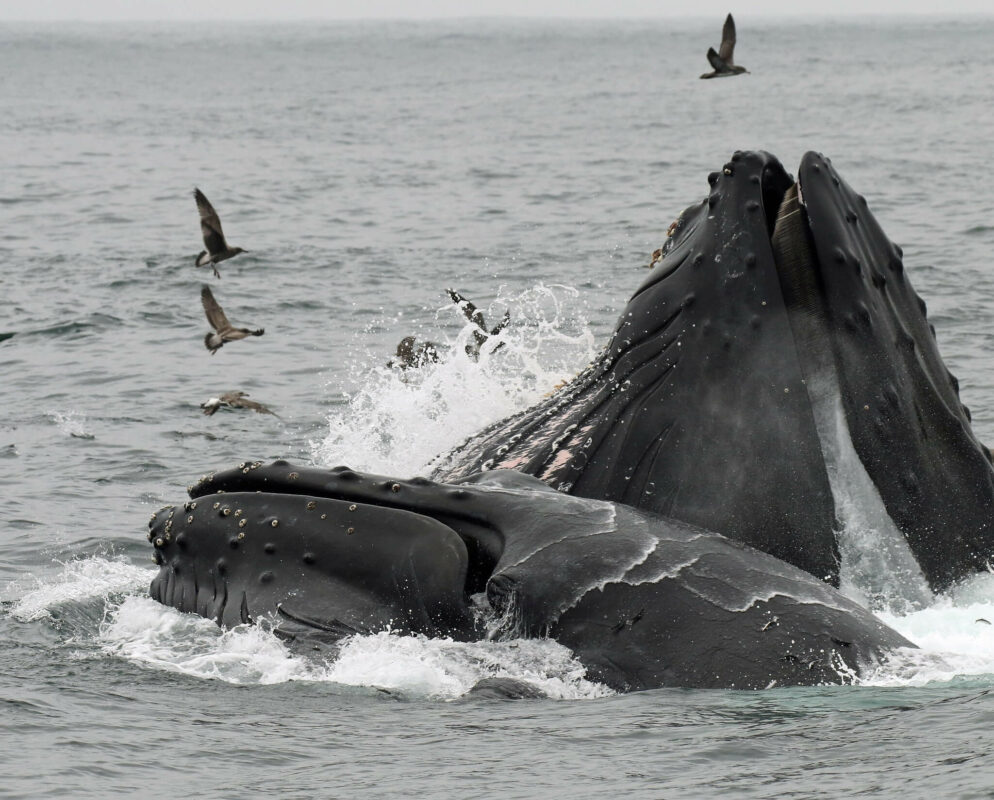
The humpback whale (Megaptera novaeangliae) is an extraordinary creature. These majestic marine mammals are indeed among the largest on Earth, and some specimens have been known to reach lengths of up to 62 feet (19 meters) and weights up to 100 tons.
They are best known for their enchanting songs, which travel great distances through the world’s oceans.
These sequences of moans, howls, cries, and other noises are quite complex and often continue for hours on end.
While it’s quite rare, humpback whales have indeed been spotted in the coastal waters surrounding Greece.
Their typical range is more commonly associated with both polar and tropical waters, particularly in the Atlantic and Pacific Oceans.
They are migratory, moving to high-latitude feeding grounds in the summer and returning to low-latitude breeding grounds in the winter.
In Greece, they are more likely to be sighted in the Ionian Sea and the Aegean Sea, which provide relatively warm, calm waters.
Greece’s unique position at the crossroads of three continents, and its numerous islands, create a diverse marine environment that can sometimes attract these magnificent creatures.
6. Cuviers beaked whales
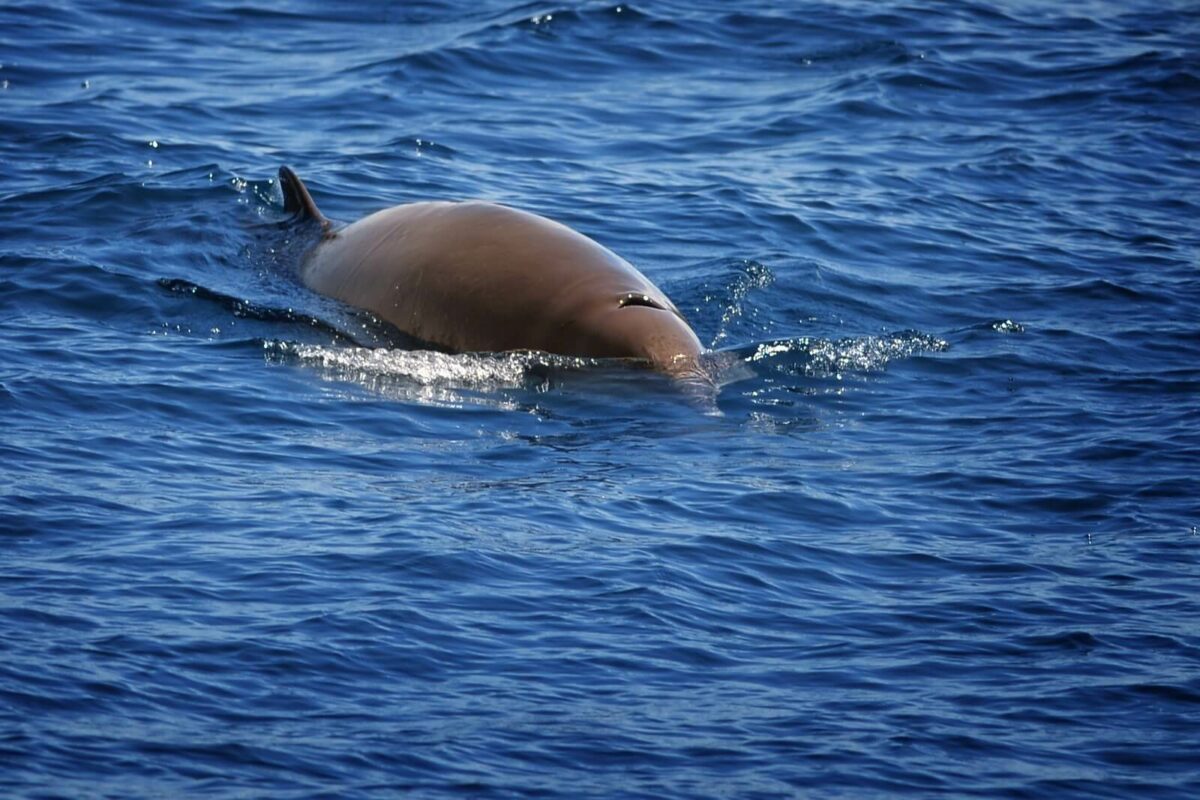
The Cuvier’s beaked whale (Ziphius cavirostris) is one of the more commonly encountered species of beaked whales and is known to inhabit a wide range of oceans across the globe.
This includes the waters surrounding Greece, particularly in the Ionian Sea and the Aegean Sea.
Cuvier’s beaked whales are relatively medium-sized, typically reaching lengths of around 23 feet (7 meters) in males and up to 26 feet (8 meters) in females.
They have a distinctively robust body with a small head, short beak, and a prominent forehead in males.
Cuvier’s beaked whales have a unique coloration that ranges from a greyish to reddish-brown, often with white or light scratches and patches, particularly on the males.
One of the most fascinating aspects of Cuvier’s beaked whales is their diving ability. They hold the record for the longest and deepest dive among all cetaceans.
They can dive more than 9,800 feet (3,000 meters) deep and stay underwater for over two hours in search of squid and deep-sea fish, their primary food source.
These whales are typically elusive and prefer deep waters, so sightings are somewhat rare and often brief.
They usually surface for a short period of time to breathe before diving back into the depths. However, some lucky observers in Greece, particularly those on whale-watching expeditions, have reported seeing these mysterious creatures.
Wrapping Up
There you have it, six different types of whale species that can be found in the coastal waters that surround Greece.
Greece’s marine environments, blessed with a rich diversity and unique location, are home to a remarkable array of cetacean species.
From the grand humpback whales, known for their lyrical songs and spectacular breaches, to the enigmatic Cuvier’s beaked whales, renowned for their record-breaking diving abilities, Greece’s waters offer a fascinating peek into the lives of these magnificent creatures.
Even though many of these species are not typically associated with Mediterranean waters, their presence highlights the ecological significance of the region.
It underscores the need for continued research, conservation efforts, and public awareness to ensure these gentle giants continue to find solace in Greece’s waters for generations to come.
So the next time you’re in Greece, keep an eye on the horizon – you may just spot one of these incredible marine denizens making their way through the azure expanses.

Hi, I’m George – the founder of MarinePatch. I created this blog as marine wildlife has been my passion for many years. I’ve spent over a decade in the marine wildlife industry and spent years out in the field conducting research. In today’s modern world, an online blog is the best place for me to share my findings and reach as many people as possible to help educate and inspire others. Enjoy your time here and you’re welcome back anytime!

